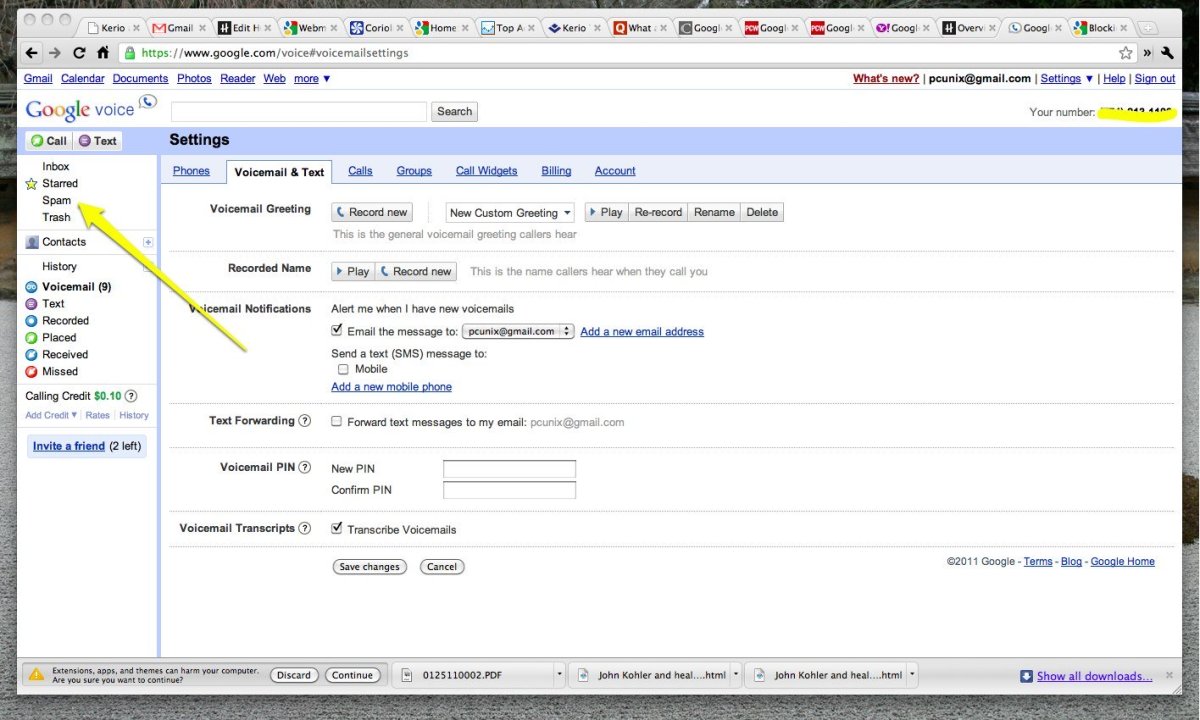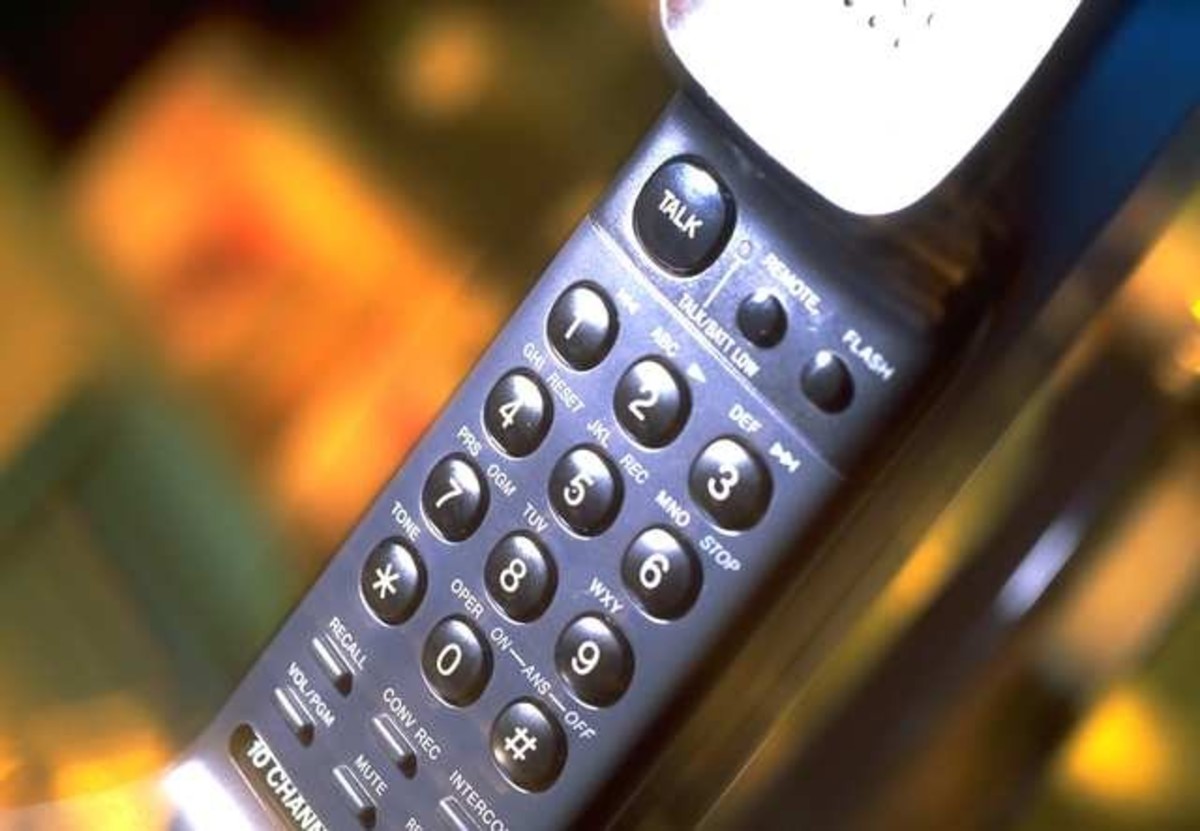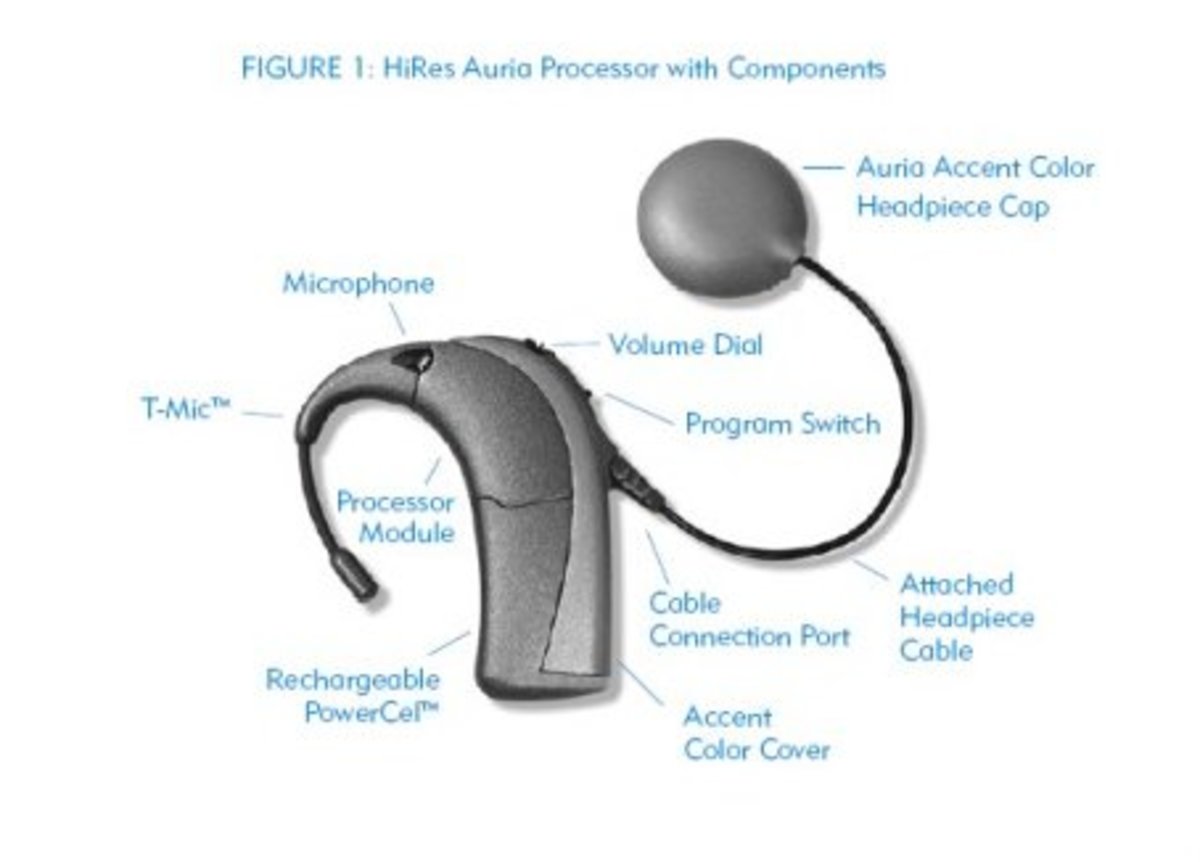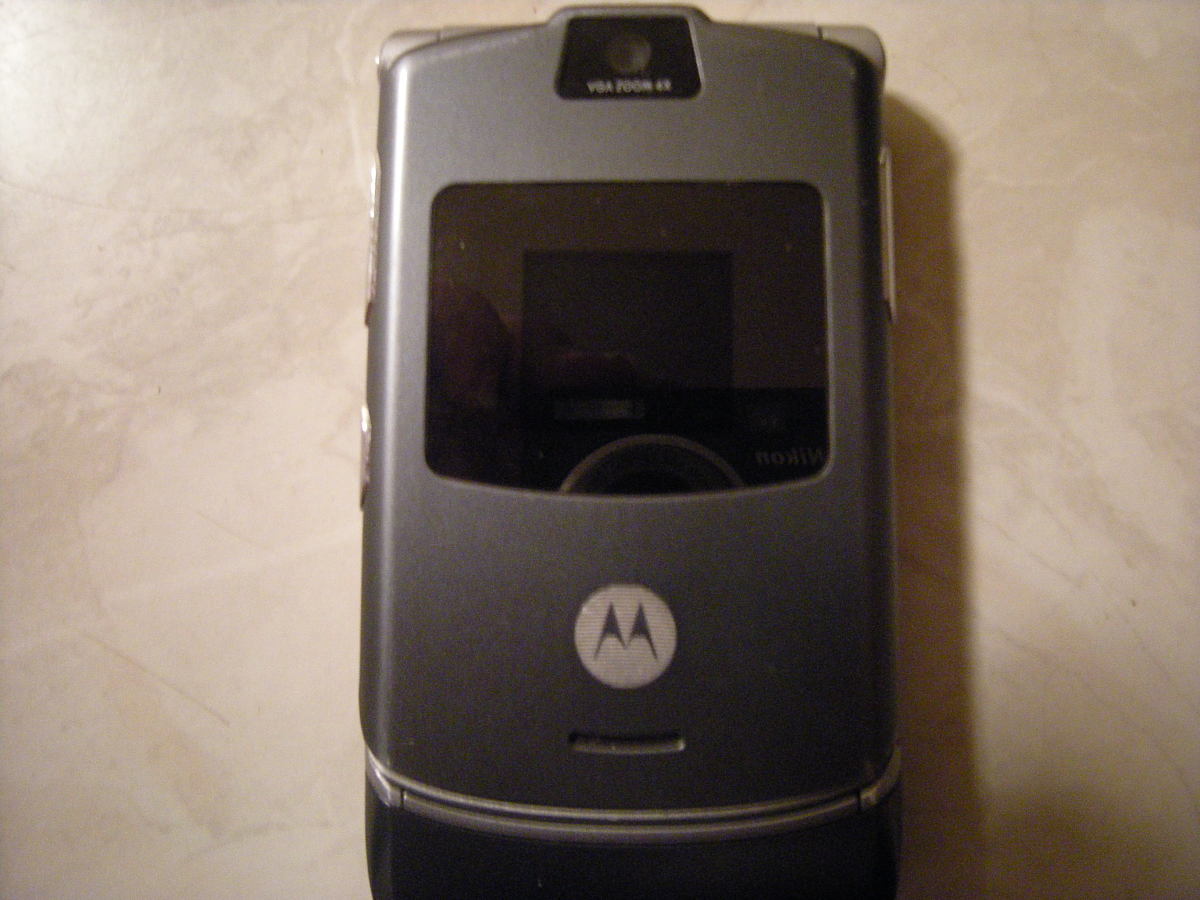Time Management Tools: A Convenience or Trap?
Technology has transformed our lives
There are numerous books and articles devoted to time management, but we still seem to have very little free time. We make lists and group tasks. We organize, categorize, prioritize and analyze. We purchase and install every conceivable labor-saving device on the market, but we still work longer days than ever. Where does our time go?
Remember when the freezer had to be defrosted and the oven needed cleaning? Do you recall having to get out of your car to raise the door before you could park in the garage? Who has spent time with a garden hose, watering the lawn? How many know what it meant to “wind your watch?”
Anyone under the age of 40 likely never performed these chores because technological advances liberated us from such mundane tasks. The purpose of garage door openers, self-defrosting refrigerators, electronic watches and hundreds of other tools was to eliminate tasks that could be automated. The promise behind this purpose was to save time.
Our home life has benefited from the automation of simple duties, although we still seemingly lack free time. Equal attention has been devoted to making job-related tasks easier, but the results are less apparent. Computers were supposed to make work paperless, but most offices still line the walls with filing cabinets. Cell phones made land lines obsolete, but many of us still have a “home” or “business” phone. Skype lessened the importance of cell phones, which in turn are replacing computers as the tool that connects us to the Internet. Email superseded snail mail as the primary means of receiving written correspondence, but we check our mailbox daily to see what USPS delivered. Many consider email slow and obsolete, preferring text or instant messages. (Skype can handle that, also.)
Time Management Tools: Friend or Foe?


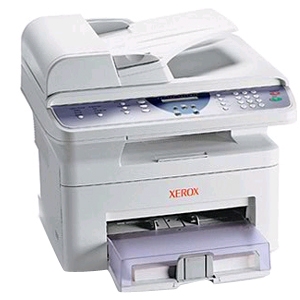
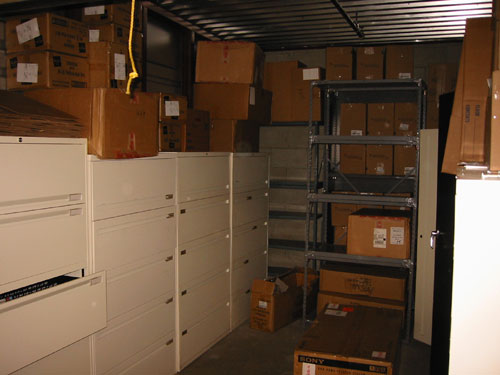

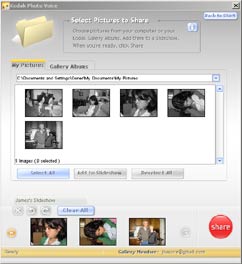

Why hasn't technology helped more than it has?
It would be erroneous to claim that electronic and digital tools haven’t made our working lives more efficient, but it seems as if they should have helped us more. Why hasn’t technology impacted our work lives to the same degree it has improved our personal life? There are several reasons.
We can’t trust our technology as much as we need to. The most sophisticated technology the majority of us employ in business is the computer. Our PC or Mac may be quite amazing but it’s far from perfect, and we allow for a higher failure rate for our computer than for home appliances. If applications quit without warning or the computer screen freezes, we’ve accepted that as the norm, as frustrating as it might be. Subsequently, we don’t award technology the same degree of trust in our work that we grant it at home. We don’t check the refrigerator every few hours to satisfy ourselves that it’s defrosting; we just know that it is and trust the technology behind home convenience devices to be sound.
In the business world, stakes are higher and the costs of mechanical, electronic or digital failure greater. Because computers are temperamental, we back up files to external hard disks or CDs, but many also create hard copies of files. We have as much paper in our office as ever. Since we are saving files in multiple formats, we risk losing time rather than saving it. Forty years ago, the Xerox machine was the most important piece of equipment in our office. Ten years into the 21st century we’re still using it; our trusty copy machine now supplements disk and online files.
We don’t retire old technology when new tools are developed. In an ideal world, new technology would supplant the old, and everyone would use comparable equipment. This doesn’t happen, usually for one of these reasons: cost; an urge to remain in our comfort zone; or, we need to access the same technology our clients and providers use. How often do we find vendors who only accept orders via fax? Not as often as we used to, but they are still around.
Skype and instant messaging functionally replace email, but most of us still have at least one email account. Who has more than one, with a distinction between personal and professional use? We might have multiple cell phones, a land line, and several ways to text or instant message, all to ensure we don’t miss anything important. Cell phones and netbooks augment our online capabilities but haven’t replaced our PC.
We embrace each new technological development to remain ahead of the curve, but are reluctant to jettison the old tools because clients still use them. Subsequently, we’re spending more time checking and responding to messages in multiple formats. The easier it is to communicate, the more time we lose.
Technology inhibits our time management when we use it compulsively or without discretion. Before email, the post office delivered mail once a day and businesses survived. Someone worked in the mail room opening envelopes, sorting and routing letters. Work routines allowed us to attend to correspondence at a set time each day. Now we are barraged with messages in multiple formats. How often do we check email? If a pop-up on our computer screen informs us we received an email, how many of us read it immediately? Instant messaging features tell us who is online at any given moment and sometimes offers a “buzz” function to get one’s attention—it won’t even let us disregard it! Without a method for dealing with constant streams of communications, it will consume our day.
If we get a call on our cell phone at an inopportune moment, do we answer it? A cell phone should allow us to reach each other more easily, but not at any time, day or night. We’ve convinced ourselves that everything requires an immediate response, but does it? If we check for phone or text messages at regular intervals, our colleagues and friends will learn our patterns and adapt. They will eventually contact us at a time we are likely to answer the phone, or determine when we check for messages. They will adapt.
What can we do?
For the entrepreneur who communicates without face-to-face contact, communication tools are essential to success. If our cell phone is our business phone, it isn’t practical to be unavailable to potential customers, but we can make our tools work for us without becoming their slave. We must minimize the interruptions and redundancies technology interjects into our lives that reduce our focus. We can be more effective in our business by maintaining a time and place for dealing with seemingly inevitable distractions. How can we accomplish this?
Use as few tools as possible in your work. I was once offered a business card that listed four different telephone numbers: corporate, local business, cell phone and home phone number. This card also provided a web site and an email address. I stared at the card, realizing I still didn’t know a reliable way to reach this person. Who could predict how long it would take to filter through messages left in so many places, or if it was easier to reach her one way than another? Make it easy on yourself and run your business through minimal communication venues. Use other tools when it is the only way possible to communicate with clients. De-emphasize or shut down superfluous web sites and links. Too many avenues for communication make us harder to reach, not easier.
Tell friends and acquaintances when it’s a good time to reach you. Working from home or on your own schedule is innocently seen by some as an invitation to interrupt your work. Friends may even justify interruptions by proclaiming, “I thought you could use a break.” Keep your productivity high by minimizing distractions. Let associates know that just because your cell phone is with you doesn’t make it a good time to talk. Tell them you will get back with them when you are free.
When you need to concentrate most, turn everything off! To assume you must be there whenever someone calls, Skypes, or sends an email, text or instant message is to short-change yourself. Stifle the rings, buzzes, beeps, pop-ups and other indicators that someone wants a piece of your time. When things must get accomplished, it is fine to let the outside world wait a few hours while you tend to business. When the pressure is off, check for messages that were left for you.
Don’t use technology compulsively. Check email at regular intervals. Resist the temptation to look for new messages every few minutes. If you have several email accounts and multiple web sites where messages can be left for you, your time will be consumed with navigating from one venue to another in search of messages. It should be sufficient to check for messages every few hours at most. Respond to your messages all at once to avoid having to return to them later.
Don’t feel everything requires a response. Solicitors, jokes, or even “hi, how’s it going?” messages sometimes don’t warrant a response. I removed the “leave your name and number and I’ll return your call as quickly as I can” message from my land line because I might not call back as quickly as I can. Phone tag is a great time waster, and if someone wants to speak with me when I’m not available, they should feel free to call again later or tell me what they wanted in a message. Rudeness is not advocated, but occasionally a call doesn’t need to be returned until it’s convenient to do so. A promise to call back as soon as possible allows someone else to impose their schedule upon you.
I do not advocate being inaccessible. Timely and effective communication is paramount to the success of an entrepreneur. However, technology can be a mixed blessing that scatters our focus rather than honing it. You will learn how frequently to send and receive messages for your business to succeed. You will know when to accept interruptions and when to politely defer them. You will determine what technology you truly need to drive your business and what is superfluous. You will discern when technology is a help or a hindrance.
When these things happen, technology will truly work for you.
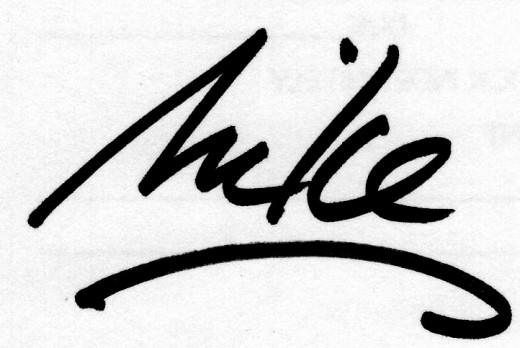
Read other articles on business and management
- Working as an Independent Contractor: Effective Contract Negotiations
An increasing number of men and women are looking to self-employment as a path toward success in business. High unemployment and a lack of available jobs has made going it alone an appealing... - Working as an Independent Contractor: How to Earn More Money
Have you recently lost your job, or have you taken a pay cut to keep the position you have? You are certainly not alone. The United States economy is in a state most of us have never seen before,... - Independent Contractors: Assessing Your Value in the Market
There are many important details associated with being your own boss, and one of the most important is evaluating yourself and the viability of your business. As an Independent Contractor, you... - Ten Strategies for Working as an Independent Contractor
With the American economy in a state of crisis, unemployment is high and countless jobs have been permanently eliminated. Many businesses now look to virtual assistants or temp agencies to meet short and... - Telephone Skills and Techniques: The Art of Successful Communication
We live in a very different world now. Thirty years ago we wrote a letter or telephoned when we wanted to contact someone we couldnt meet face-to-face. In this new age we tweet, instant message,... - Using the Job Interview to Hire the Right Person
Its stating the obvious to tell you a company loses money when it is forced to replace employees. Some costs from personnel attrition are apparent, such as paying accrued vacation time and... - Time Management Skills: Don't Waste Time for Others
Everyone knows people who always show up fifteen minutes latefor everything. When they arrive, they wave their arms with a flourish and either quickly apologize or make a joke of their lack of... - Recognizing and Combating Isolation
Years ago a television commercial showed us a small child asking his father what he made per hour in wages at his job. When the father asked why his son wanted to know, the boy told him he wanted to buy an... - How to Save Money (A Few Cents at a Time)
Many families in America and around the world have been forced to survive with fewer financial resources than they previously enjoyed. Although experts proclaim the economy is improving, many are still...


